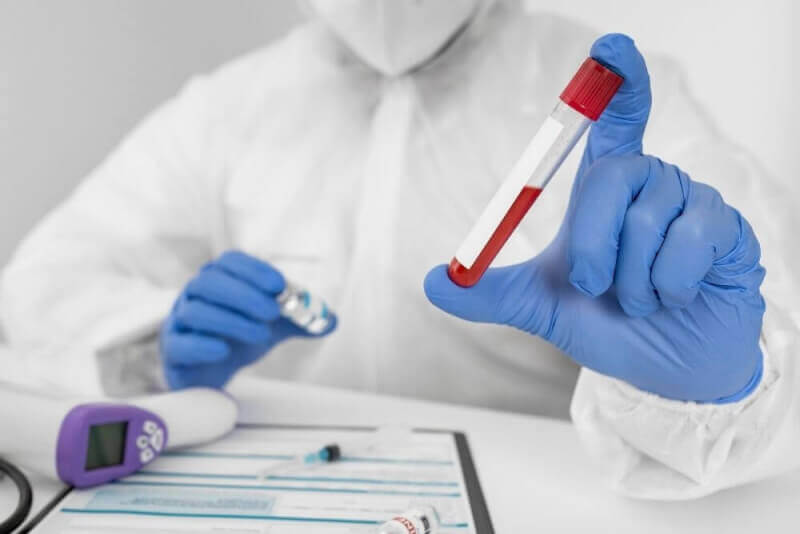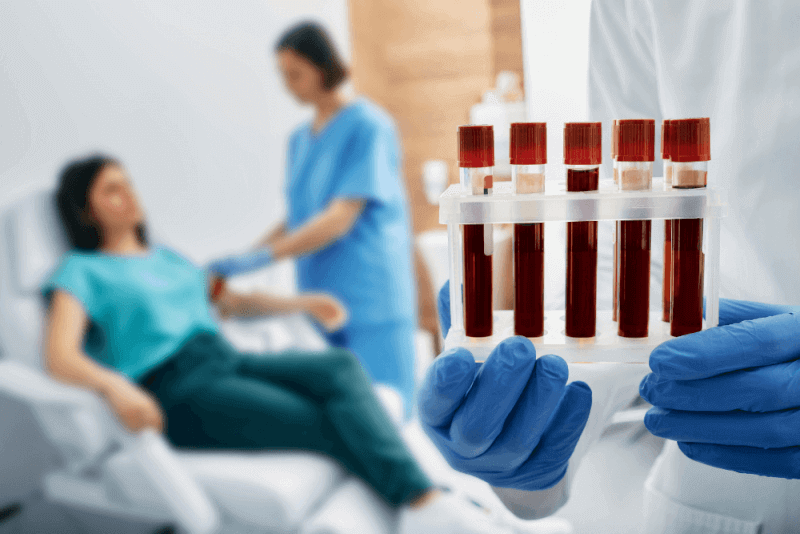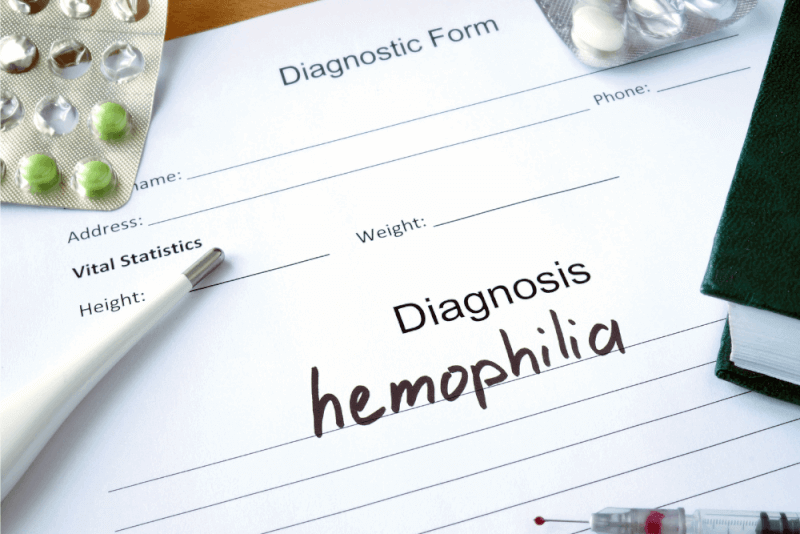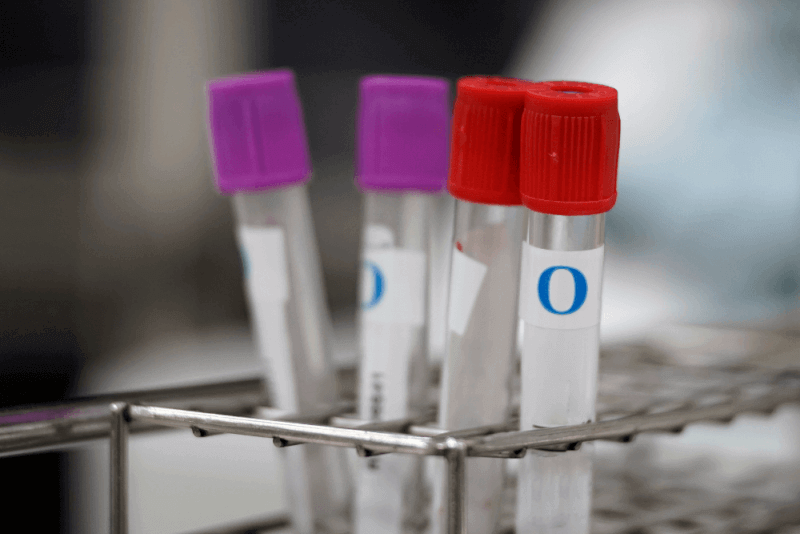What is Hereditary Angioedema?
Hereditary Angioedema (HAE) is a rare and inherited condition that causes swelling in areas such as the intestines, the skin, and the lining of the lungs. Although this condition is present from birth and cannot be cured, its symptoms can be managed. The first symptoms typically appear during childhood and worsen during adolescence. However, a significant number of patients do not know the cause of their swelling until adulthood.
This is because the frequency and severity of swelling can vary for each patient. Additionally, swelling can occur in multiple areas during the same attack. The frequency of attacks also varies among patients, with some experiencing them as often as weekly, while others may have them only a few times.
Diagnosis of Hereditary Angioedema
Since Hereditary Angioedema is a rare condition, it is challenging to diagnose. Often mistaken for an allergy, this condition does not respond to antihistamines. To diagnose Hereditary Angioedema, a comprehensive clinical evaluation and detailed patient history are first required.
Subsequent blood tests are conducted to detect reduced levels of complement proteins. In cases of high clinical suspicion and recurrent angioedema with an unclear etiology, genetic tests may also be performed.
Symptoms of Hereditary Angioedema
The characteristic symptom of Hereditary Angioedema is swelling, which can occur in various locations. Common areas where swelling is observed include:
- Abdomen
- Genitals
- Face
- Feet
- Hands
- Mouth and throat
Swelling in the throat is the most dangerous symptom because it can completely obstruct the airway, making it impossible to breathe. Swelling in the feet can cause pain and affect daily activities.
When swelling occurs in the abdomen, the following symptoms may be present:
- Abdominal pain
- Diarrhea
- Vomiting
- Nausea
Warning signs may appear before swelling occurs, including:
- Mood changes
- Hoarseness
- Stomach pain
- Headache
- Tingling
- Muscle pain
- Extreme fatigue
Causes of Hereditary Angioedema
Hereditary Angioedema is caused by an imbalance of a specific protein in the body, leading to small blood vessels leaking fluid into the tissues. This condition is caused by a problem with the gene that produces a protein called C1 inhibitor. Most patients have insufficient levels of this protein. Even when the protein is present, it may not function correctly, leading to swelling.
If one parent has Hereditary Angioedema, there is a 50% chance that their child will inherit the condition. However, in some cases, the genetic mutation is not inherited. If a parent has the mutated gene, there is a high likelihood of passing it on to their children.
Treatment Methods for Hereditary Angioedema
Treatment for Hereditary Angioedema typically involves three stages:
- Treatment during an attack
- Long-term prophylaxis to prevent attacks
- Short-term prophylaxis before exposure to triggers
Long-term Prophylaxis
This treatment can be used in both adolescents and adults to routinely prevent life-threatening attacks. Long-term prophylaxis was previously achieved using androgens before the introduction of C1 inhibitors. However, androgens carried certain risks due to their mechanism of action.
Common side effects included masculinization, alopecia, acne, and hepatic adenoma. Therefore, synthetic androgens were not recommended for patients under 16 years old. Today, patients using androgens need to have their liver enzyme levels and profiles monitored every six months, along with liver ultrasound evaluations every 6 to 12 months.
Androgen treatment aims to determine the lowest dose required to reduce the frequency and severity of swelling attacks rather than targeting a specific C4 or C1 inhibitor level. Generally, a daily or every-other-day dose of 200 mg of danazol or 2 mg of stanozolol is sufficient. Anti-fibrinolytic agents such as aminocaproic acid are another option for long-term treatment.
Although these drugs are not FDA-approved, the usual doses are 1 to 2 grams taken three times a day. These drugs are used for patients who cannot tolerate anabolic steroids or other forms of prophylactic treatment. Side effects include myalgia and fatigue.
Short-term Prophylaxis
Angioedema attacks are often triggered by trauma or stress. Therefore, patients may require additional treatment to minimize the risk of oropharyngeal swelling, especially before surgical or dental procedures. This can be achieved using C1 inhibitor replacement, high-dose anabolic androgens, or fresh frozen plasma. Common preoperative regimens include:
- A unit of human nanofiltered purified C1 inhibitor 1-2 hours before the procedure
- 200 mg of danazol or 2 mg of stanozolol taken three times a day for 7 to 10 days before the procedure
Fresh frozen plasma contains C1 inhibitor and helps reduce the severity of attacks. However, because it also contains proteases that can exacerbate symptoms during an acute attack, the use of FFP is considered controversial.
Acute Attacks
Berinert, a human pasteurized plasma-derived C1 inhibitor product, was first approved by the FDA in 2009. It is used to treat acute facial, laryngeal, or abdominal attacks in adolescents and adults. In July 2016, it received FDA approval for further use.
This form of C1 inhibitor has been shown to reduce the time to symptom relief from an average of 1.5 hours to 0.5 hours after an acute attack. However, this form of C1 inhibitor concentrate has not been approved for long-term prophylaxis. Reports of hypersensitivity reactions, laryngeal edema, and thromboembolic events have been associated with the use of this agent.
Types of Hereditary Angioedema
Hereditary Angioedema, also known as hereditary angioedema, is classified into three subtypes.
Type 1
Type 1 Hereditary Angioedema accounts for approximately 85% of cases and typically appears during childhood. Although rare, it has been observed in some cases before the age of one. It is an autosomal dominant condition that often worsens during adolescence.
Due to a change in chromosome 11, C1 inhibitor protein levels are significantly lower than normal. While this disorder is inherited from the family in about 50% of cases, spontaneous genetic changes are responsible for 25% of cases.
Symptoms of Type 1
Symptoms that may indicate Type 1 Hereditary Angioedema include:
- Hives
- Severe abdominal symptoms
- Recurrent angioedema attacks without the presence of the two symptoms mentioned above. These attacks consist of asymmetric, non-itchy, irregularly shaped, and non-pitting swellings.
Causes of Type 1
In this type, there is a mutation in the gene that codes for the C1 INH protease. In most cases, a mutation in the C1 inhibitor G1 gene is responsible. Mutations in this gene occur due to frame shifts, deletions, or missense mutations, resulting in the production of truncated, misfolded, or poorly secreted INH.
Type 2
Type 2 accounts for approximately 15% of Hereditary Angioedema cases. In this type, functional C1 INH levels are normal or elevated.
Symptoms of Type 2
The symptoms of Type 2 are the same as those observed in Type 1.
Causes of Type 2
Type 2 is associated with a mutation in the reactive center loop of the SERPING1 gene, near or at the active site. Although the C1 INH protein is secreted, it is non-functional.
This is because the SERPING1 gene codes for a highly glycosylated plasma protein that plays a role in the regulation of complement activation. Mutations in this gene can lead to the impairment of protein function. Due to these characteristics of Type 2, C1 INH antigen levels are normal or even elevated in some patients, but there is no functional activity.
Type 3
In Type 3 Hereditary Angioedema, C1 INH is qualitatively and quantitatively normal, but the symptoms observed in patients are the same as those in Types 1 and 2.
Symptoms of Type 3
The symptoms observed in Type 3 are the same as those seen in Types 1 and 2.
Causes of Type 3
The underlying mechanism of Type 3 is not fully understood. However, the inheritance pattern is autosomal dominant with incomplete penetrance. Males may be silent carriers of the disease. Most patients have a mutation in the F12 gene, and these cases are often associated with increased estrogen levels.
Triggers of Hereditary Angioedema
Although triggers can vary from patient to patient, common ones include:
- Medications, including those used for high blood pressure and congestive heart failure
- Illnesses like the common cold and flu
- Minor injuries and surgeries
- Stress-induced anxiety
In addition, women may experience variations in the frequency of attacks due to the following conditions:
- Menstrual periods
- Use of estrogen-containing birth control or hormone replacement therapy
- Pregnancy







